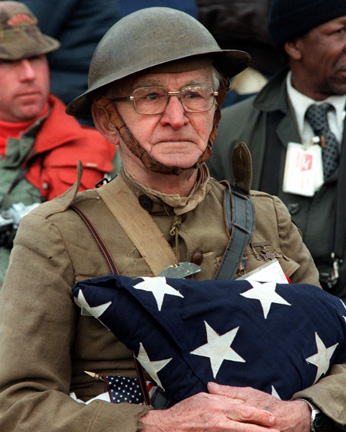Supporting Servicemembers and Veterans
 On this Veterans Day we remember the service of so many in the armed forces and merchant marine. We are grateful for their public service and wish to support them in their return to civilian life. As we have been made all too aware, the sacrifices extend beyond the servicemembers to their families and communities.
On this Veterans Day we remember the service of so many in the armed forces and merchant marine. We are grateful for their public service and wish to support them in their return to civilian life. As we have been made all too aware, the sacrifices extend beyond the servicemembers to their families and communities.
Almost two years ago, we convened a group of servicemembers and veterans here at Marquette Law School to explore ways the Law School could support their service. Spearheaded by a district legal services attorney for the U.S. Coast Guard (which maintains an active base in Milwaukee), this committee grew to include officers and enlisted personnel from the Army, Air Force, Naval Reserve, and Wisconsin National Guard, as well as veterans. This committee alerted us to some of the legal challenges facing military personnel, their families, and veterans. For example, Judge Advocates General can provide advice to military personnel regarding civil legal matters, but they do not represent them in civilian courts. Sometimes a service member is not attached to a unit – either separated or in Individual Ready Reserve – and thus does not have easy access to a Unit JAG. Other times, JAG offices may be at a headquarters base hundreds of miles from their duty station and unfamiliar with local court rules. Similarly, while veterans receive a number of benefits through the county, state, and federal veterans administrations, access to legal counsel is not one of them.
Thus, with support from the State Bar of Wisconsin and the ABA, Marquette Law School launched SAVLAW: Servicemembers and Veterans Legal Assistance for Wisconsin.
